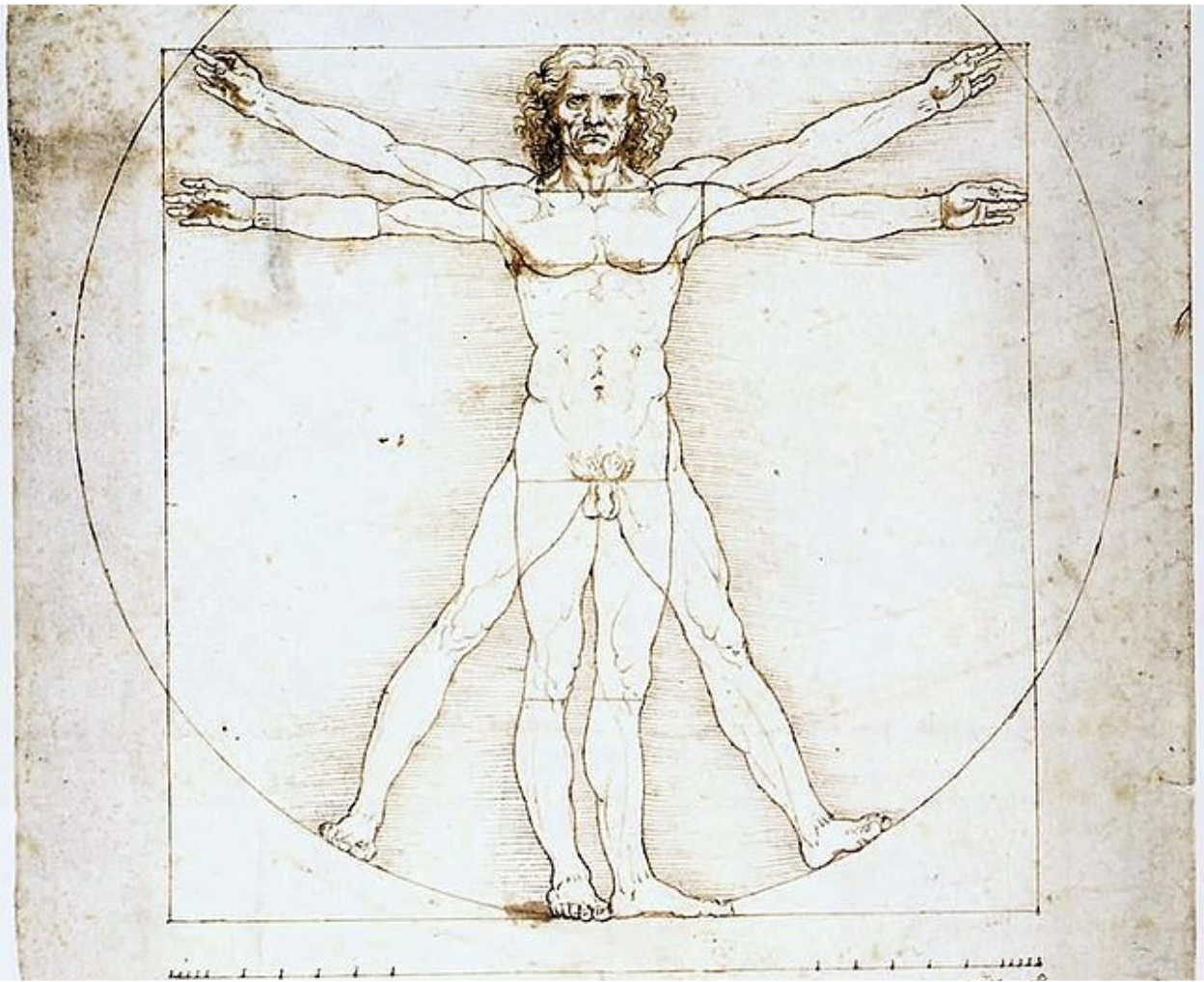Can drunkenness ever be holy? Brady examines the employment of drunkenness as a motif for both spiritual admonition and encouragement in the writings of the Church Fathers and the visual propagation of these teachings through early modern depictions of Noah and His Sons.
March 1st, 1967, marks the death of Pegeen Vail Guggenheim, artist and daughter of esteemed art collector Peggy Guggenheim. Today, 56 years later, we remember her as a tortured and misunderstood daughter, an unfortunate example of the consequences of familial emotional abuse, mental illness, and addiction. Pegeen Guggenheim’s legacy as artist has been lost in the drama of the time’s social elite, specifically her mother and husband. Ralph Rumney, Pegeen Guggenheim’s second husband, said of Peggy Guggenheim that she “was incapable of having human relationships or giving affection,” while Rumney and Pegeen Guggenheim’s son Sandro said of his grandmother that “she had a knack for making [his] mother cry… She had tormented Pegeen and ostracized Ralph.” Pegeen Guggenheim was trapped between her mother, to whom she would go to supply her addiction to prescription medicine, and her husband, who—himself an alcoholic—could not control his temper despite his intentions to protect his wife.
Pegeen Vail Guggenheim has been reduced by those who never knew her to a tragic life and a tragic death. She has become a mere shadow of her mother, even her death retold as part of her mother’s story: it is remembered as an inconvenient court case for Peggy Guggenheim, who fought Rumney when she refused to accept her daughter’s death as suicide. Pegeen Guggenheim’s life and death are kept in our collective memory as the results of the madness often associated with the elite when damaged by wealth and stardom. Yet Guggenheim was an artist not undeserving of the attention she received from colleagues and curators, including her mother. She was featured in multiple exhibitions, starting at age 12 with the Exhibition of Paintings and Drawings by Children, curated by her mother, and proceeding to show her works in Europe and the United States throughout her career without her mother’s help. Her husband Rumney, an artist of the Situationist movement—one that is comparable to Dada in its embrace of anti-art—called her an “an artist who lived her art and whose life was art,” a compliment that encapsulates the very core of the Situationist movement to which he had dedicated his life and work.
In her paintings, Pegeen Guggenheim combined elements of naïve art and Surrealism to create colorful scenes of daily life. She transformed the notion of routine into spectacle, even ritual, with fluid shapes, a youthful application of color, and simple, doll-like figures. But this surface of charming innocence hides behind it a sense of isolation that becomes clear when one looks in the figures’ empty eyes.

Pegeen Vail Guggenheim, My Wedding, 1946,
As she worked in her studio in the basement of her mother’s Venetian palazzo, now home to the Peggy Guggenheim Collection, Pegeen Guggenheim perhaps felt an isolation that was impossible to reject in her art. The characters in her scenes are those she knew best in her life and are usually identifiable as her mother, her husband, her children, and herself (in My Wedding (1946), shown above, she depicts her marriage to Rumney). These figures compensate for her desolate youth by living a life that is cheerful—perhaps suspiciously so—only their eyes revealing her tragedy. Frozen in parks, in joyful living rooms, in art galleries, or by the sea, they embody a stasis that, while serene on the surface, reveals Guggenheim’s struggle to escape the restriction imposed on her by her mother and husband. In the words of Rumney, she was “an artist who lived her art.”
Pegeen Guggenheim’s art is the only account of her life that is her own, not her mother’s, her husband’s, an informed colleague’s, or a curious critic’s. She reveals what has been misunderstood about her life through her craft, in the way of a true artist. She is not simply a broken daughter, a footnote in her mother’s story. Looking back at her works today, we may see the substance behind the facade that has come to define her, so that regardless of what we think of her or her art, we can still feel that we are doing her the honor of calling her an artist.





